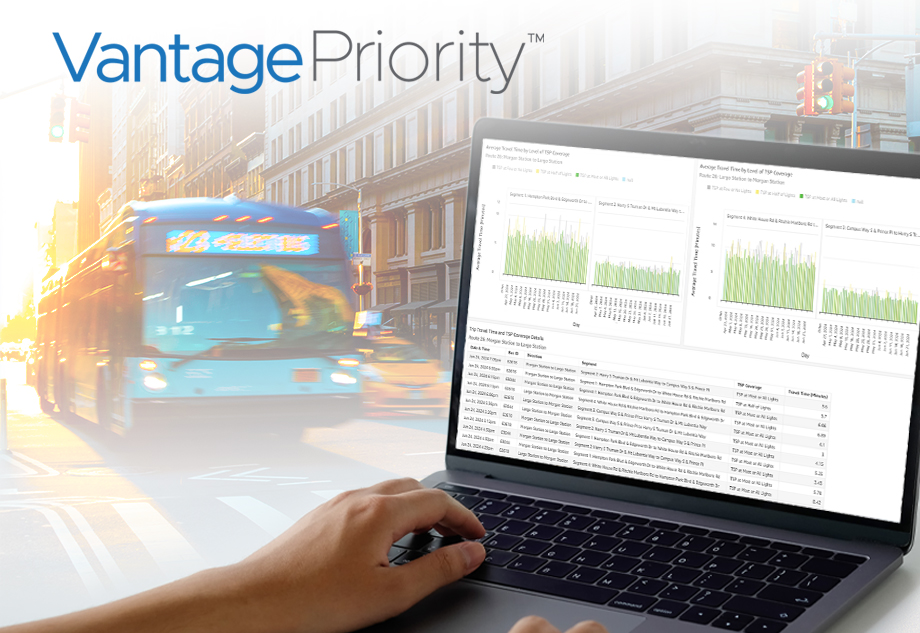
Panel Discussion: Statewide Connected and Automated Vehicle Initiatives

Live webinar: Thursday, August 5, 2021
9 am PT | 11 am CT | 12 pm ET
Connected and automated vehicles (CAVs) that can sense the environment and communicate with other vehicles, infrastructure and personal mobile devices are expected to dramatically reduce driving-related crashes by 80%. As a result, CAVs are changing the way transportation agencies think about safety and mobility.
In this webinar, we will hear from three states that are leading the way to prepare for connected and automated vehicles. Experts from the Minnesota, Utah and Virginia departments of transportation will share specific initiatives and discuss the importance of CAV readiness, funding, technology, and private and public partnerships.
You will learn:
- What the challenges and opportunities are in preparing for the rollout of CAVs
- How agencies are evaluating and deploying connected vehicle technologies
- What agencies are doing to promote and encourage CAV applications
- How to find and secure state and federal funding to advance CAV
About the Author
Connect with Iteris Staff on LinkedIn
 X
(Twitter)
X
(Twitter)
 Facebook
Facebook LinkedIn
LinkedIn Copy
Link
Copy
Link Email
Email

